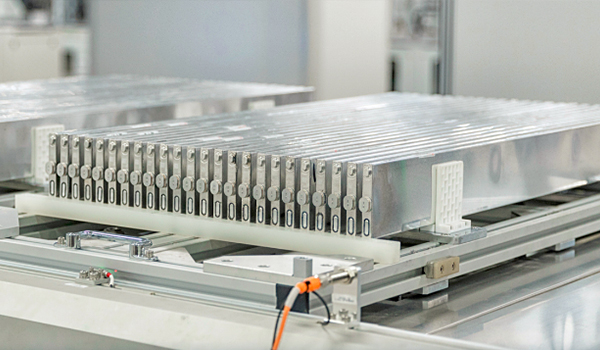400-8016-802
中文版
Date:2020-12-14 Sources: Battery Hundred, - net of battery: Zhang Qian Clicknum:519
There is also news in the industry that car companies that have been recalled due to battery safety risks may consider replacing battery suppliers. Recently, LG Chem and SK Innovations have disputed over the recall of electric vehicles to compete for the power battery market and have the ability to solve battery safety problems. Suppliers with technology and mass production capabilities are expected to seize the opportunity in the new round of competition.

The recall notice issued by the Defective Product Management Center of the State Administration for Market Regulation shows that in November 2020, the domestic auto market initiated 12 batches of recall notices, involving 12 brands and a total of 1.079 million defective vehicles were recalled, a slight decrease of 0.02 compared with the same period last year. %, the total number of recalls surged by 646.39% month-on-month. In October of this year, 53,700 domestic new energy vehicles were recalled, accounting for 37% of the total recalls that month. In November, although the total amount involved and the proportion of total recalls dropped, the number of recalls reached 12,000, and the scale of the recall was higher than last year. In the same period, it still surged 196.04%.
The battery network learned that since October, there have been many cases of recalls due to hidden safety hazards in battery storage at home and abroad. In the domestic market, 110 Polestar 2 pure electric vehicles were recalled due to problems with power battery-related software, and the power battery was at risk of fire. Weimar Motors recalled 1,282 electric vehicles, etc.; in the international market, Hyundai Motors will recall 25,000 vehicles There is a risk of short circuit in the Kona electric version and the power battery equipped with defective batteries. BMW recalls 61 imported plug-in hybrid X5 cars. BMW recalls 5,000 hybrid vehicles in the United States due to the risk of battery fire. General Motors Announced the recall of nearly 69,000 Chevrolet Bolt electric vehicles worldwide.
According to the latest data from the China Automobile Association, in November, the production and sales of new energy vehicles were 198,000 and 200,000, up 75.1% and 104.9% year-on-year respectively. From January to November, the production and sales of new energy vehicles in my country was 1.119 million and 1.109 million. Among them, sales volume increased by 3.9% over the same period last year, and the growth rate turned from negative to positive. Many industry experts predict that the annual sales volume will exceed 1.3 million vehicles.
On March 29, BYD announced the official launch of a 'blade battery' with super strength and safety. The battery needle test showed that the 'blade battery' had no open flame and smoke after penetration, and the battery surface temperature was only 30-60 At about ℃, the egg on the surface of the battery has no change and is still in a flowable liquid state. Wang Chuanfu, Chairman and President of BYD Group, said bluntly, “The blade battery embodies BYD’s determination to completely end the safety pain points of new energy vehicles, and it is more capable of completely erasing the word''spontaneous combustion'' from the dictionary of new energy vehicles.' The battery has been installed in BYD Han and BYD Tang EV models.
A few days ago, Funeng Technology announced the mass production of 'XX Fire' batteries in conjunction with GAC New Energy. GAC Aion V model is a project of XX equipped with a new thermal runaway technology power battery. The thermal runaway technology has undergone strict third-party thermal runaway experimental testing. After the battery was heated for 394 seconds, the first battery cell was triggered to run out of control. In the following 24 hours, the battery pack did not catch fire and gradually returned to a safe normal temperature state. After the battery pack was out of control, 'XX caught fire'. It is understood that the power battery equipped with this model has been mass-produced and installed at Funeng Technology’s Zhenjiang plant with Industry 4.0 standards in June this year and delivered to end users successively.